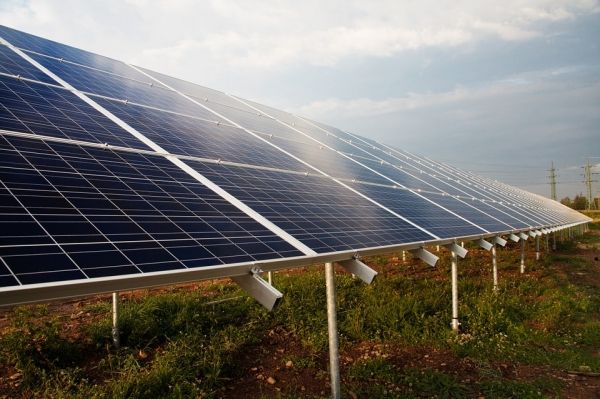Putting solar panels on less than 1 percent of the world’s agricultural land could produce enough energy to fulfill global electricity demand, according to a recent study published in the journal Scientific Reports. The research also concludes that solar panels perform more efficiently in cool, breezy, and dry conditions — findings that defy the common practice of installing large solar arrays in deserts.
“Our results indicate that there’s a huge potential for solar and agriculture to work together to provide reliable energy,” said Chad Higgins, an ecological engineer at Oregon State University and senior author of the new study. “There’s an old adage that agriculture can overproduce anything. That’s what we found in electricity, too. It turns out that 8,000 years ago, farmers found the best places to harvest solar energy on Earth.”
The researchers point out that farmers don’t have to make a choice between using land for solar panels or agriculture. Most parcels can be used for both. In fact, previous research from the same scientists found that solar panels can increase yields on dry, unirrigated cropland or pasture.
Read more at: Yale Environment 360
Photo Credit: PublicDomainPictures via Pixabay


